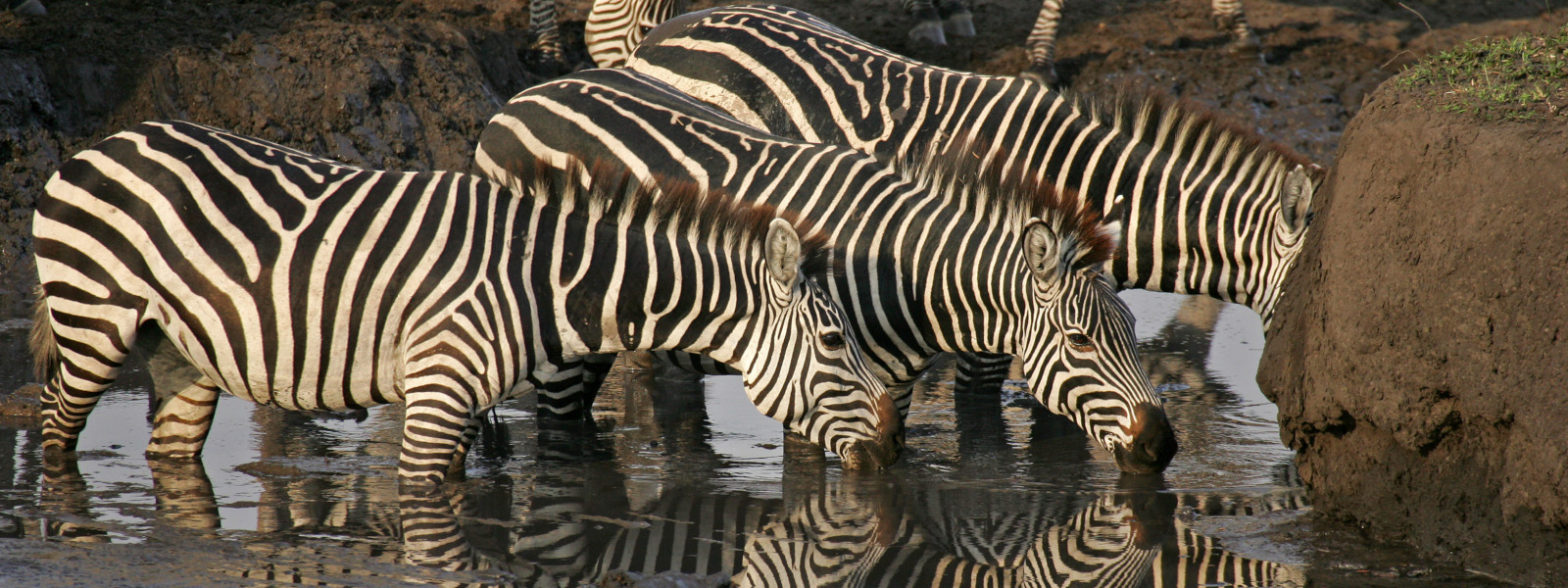info(at)aasafari.com Office at Suye Olorien, Moshono
Arusha Tanzania

The park's history dates back to 1870, when an explorer named Fredrick Elton paid a visit to the area. The United Nations Food and Agriculture Organization took over a wide region in the 1960s for Wheat and Sheep Schemes. Because neither wheat nor sheep grew in the area, it was converted to a dairy farm in 1972, and it is still operational today.
On September 16, 2005, portions of the farm, Livingstone and Nhumbe Forest Reserves, were proclaimed Kitulo National Park in response to concerns from conservation groups and other stakeholders.
The park is around 110 kilometers from Mbeya town via Chimala road and 70 kilometers via Isyonje route. Songwe Airport is roughly 90 kilometers away. The park is only accessible by road.
By Air: From Songwe Airport, Kitulo is 90 kilometers away via Isyonje and 125 kilometers away via Chimala small town.
By road, the distance between Mbeya city and Isyonje is 70 kilometers; the distance between Mbeya city and Chimala is 103 kilometers; and the distance between Njombe town and Ikonda-makete-Kitulo is 165 kilometers.
Tanzania-Zambia (TAZARA), Iyunga and Makambako stations are accessible by train.
Songwe Airport serves the city of Mbeya and the surrounding areas in Tanzania's southern highlands region. It has the capacity to handle commercial jet traffic. Air Tanzania, Precision Air, and Air Tanzania provide domestic flight services.
These are points of interest inside the park that visitors can visit for their inherent or shown natural or cultural worth, historical significance, natural or built beauty, leisure, adventure, or enjoyment.
There are huge stretches of rolling upland grassland, rounded hills stretching to the horizon, waterfalls, rivers, and a crater lake in the park.
